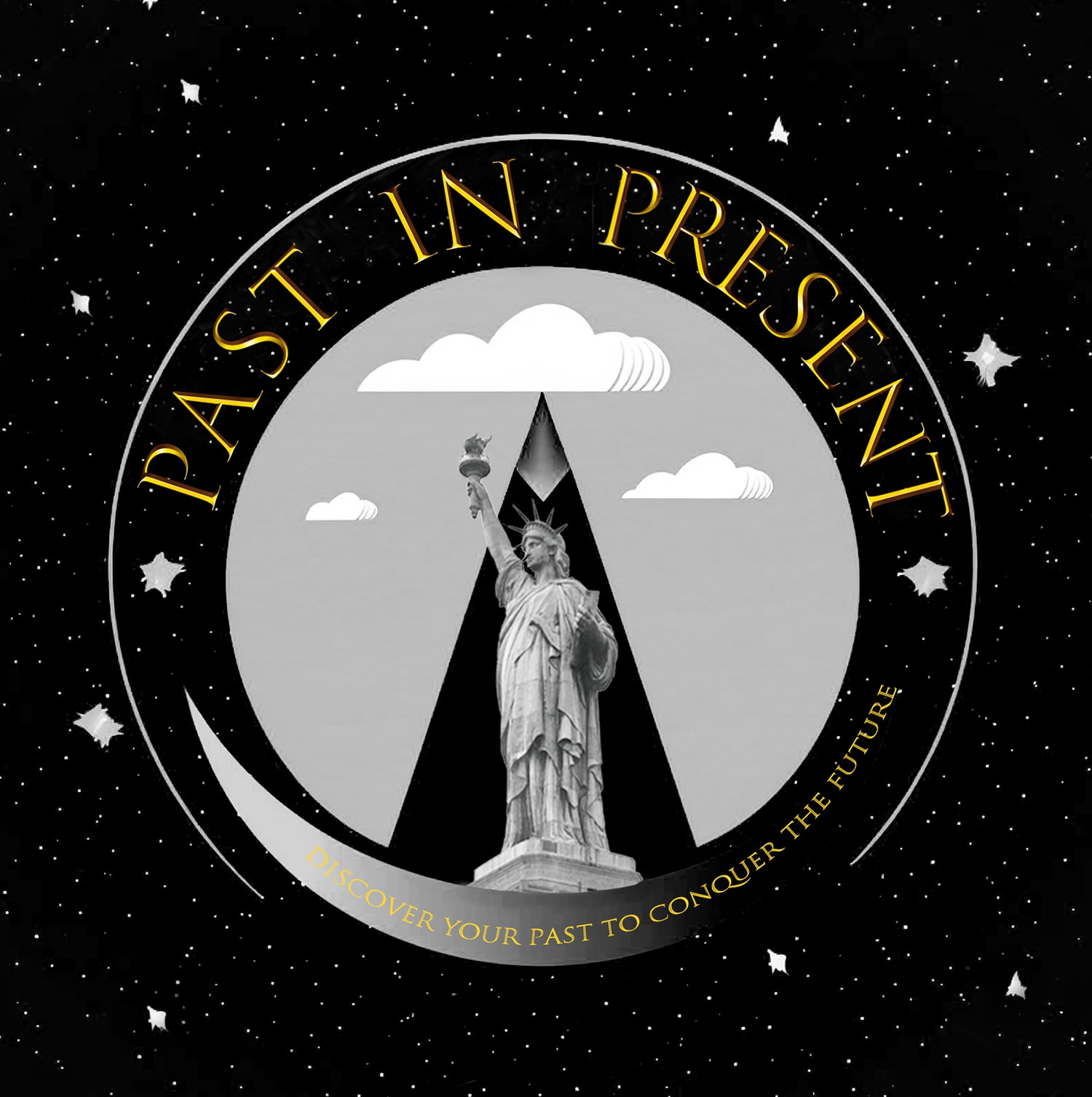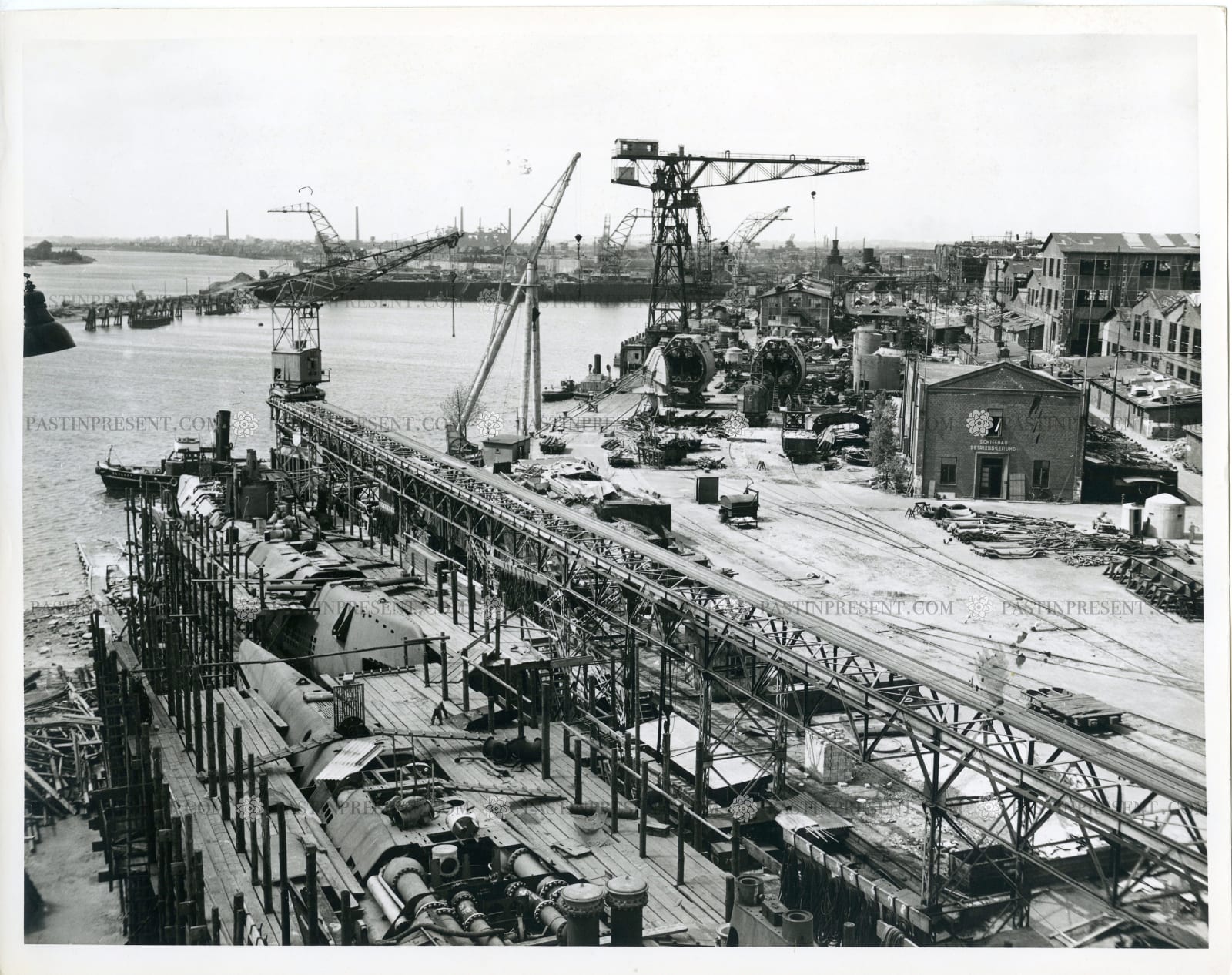-
Artworks
Open a larger version of the following image in a popup: Captured German U-Boat Base in Werftanlagend A.G. Weser, Bremen, Germany. You can see a couple of submarines in the lower left 5.14.45
Open a larger version of the following image in a popup:
Captured German U-Boat Base in Werftanlagend A.G. Weser, Bremen, Germany. You can see a couple of submarines in the lower left 5.14.45
Open a larger version of the following image in a popup: Captured German U-Boat Base in Werftanlagend A.G. Weser, Bremen, Germany. You can see a couple of submarines in the lower left 5.14.45
Open a larger version of the following image in a popup:
Captured German U-Boat Base in Werftanlagend A.G. Weser, Bremen, Germany. You can see a couple of submarines in the lower left 5.14.45
Open a larger version of the following image in a popup: Captured German U-Boat Base in Werftanlagend A.G. Weser, Bremen, Germany. You can see a couple of submarines in the lower left 5.14.45
Captured German U-Boat Base in Werftanlagend A.G. Weser, Bremen, Germany. You can see a couple of submarines in the lower left 5.14.45
M.A. Nicholson
Captured German U-Boat Base in Werftanlagend A.G. Weser, Bremen, Germany. You can see a couple of submarines in the lower left 5.14.45 , 1945Original vintage photograph. Watermarks do not appear on the actual photograph.10 1/4 x 8 in
25.9 x 20.3 cmUS Army Signal Corps/M.A. Nicholson 14 May 1945PH12003Copyright The US Army Signal CorpsCurrency:Further images
U-Boat Base, Werftanlagend A.G. Weser, where Nazis repaired and assembled submarines, was damaged by Allied bombing. Because of intensive construction of warships, A.G. 'Weser' was often the target of Allied...U-Boat Base, Werftanlagend A.G. Weser, where Nazis repaired and assembled submarines, was damaged by Allied bombing. Because of intensive construction of warships, A.G. "Weser" was often the target of Allied air-raids during the Bombing of Bremen in World War II, mainly in 1944 and 1945. But despite many buildings, workshops, magazines, slipways and docks as well as ships and U-boats under construction were damaged, in most cases production could be continued within some weeks. The estimated reduction of construction capacity at the end of war seemed only less than 30%.
In March 1944 the building of the bunker Hornisse (Eng. Hornet) was started near the shipyard. Well-protected from air attacks, it was intended to produce U-boat sections in. These prefabricated sections were then shipped to the U-boat pen Valentin about 30 km downstream the river Weser. Together with parts from Kriegsmarinewerft Wilhelmshaven and under management of Bremer Vulkan beginning end of 1945 monthly 3 U-boats would be completed there. Both bunkers had never been finished and U-boats had never been built there. The bunker Valentin is still existing today and partly used as a memorial to the many prisoners and forced labourers who worked and died there.
Provenance
Photo is from the collection of 1st Lt. John J. Kinney, from Chicago, Illinois, who was in the US Army Signal Corps in the ETO during WWII. He commanded several combat photographers who took these photos. Many of the photos are of the 2nd Infantry Division. Kinney was awarded the Bronze Star on 30 July 1945 for action during the war and later retired from the US Army as a Lt. Colonel.










